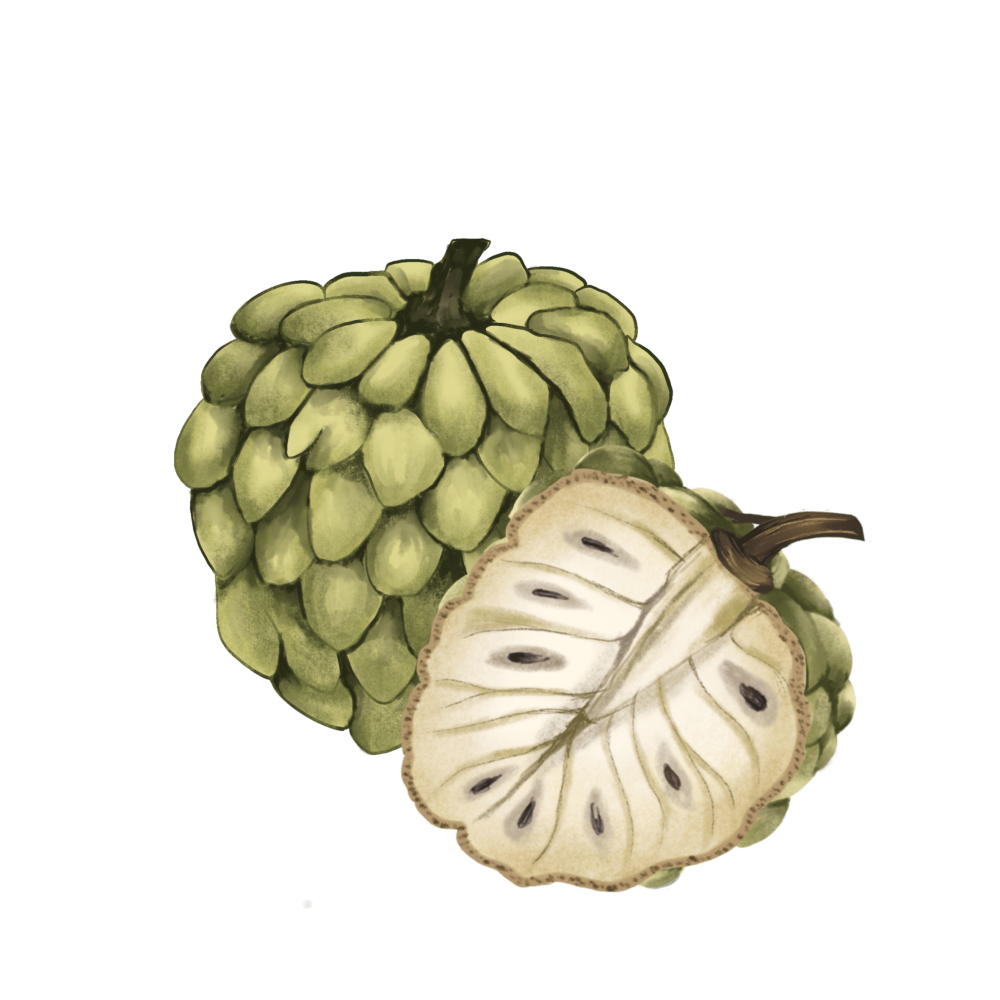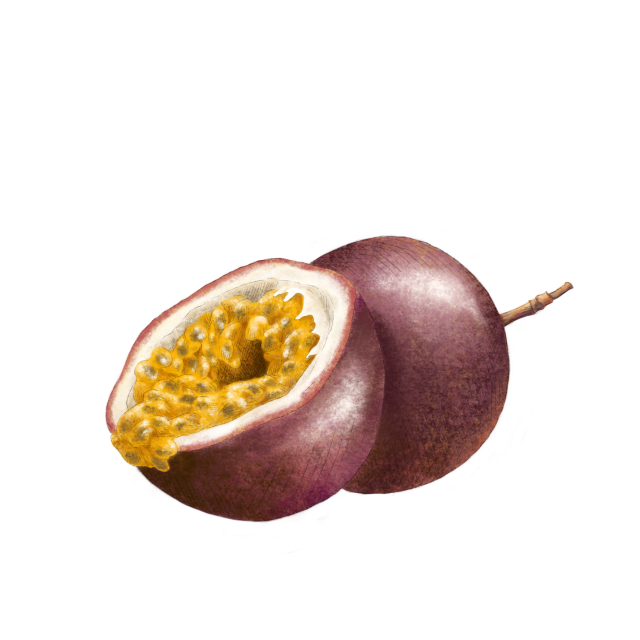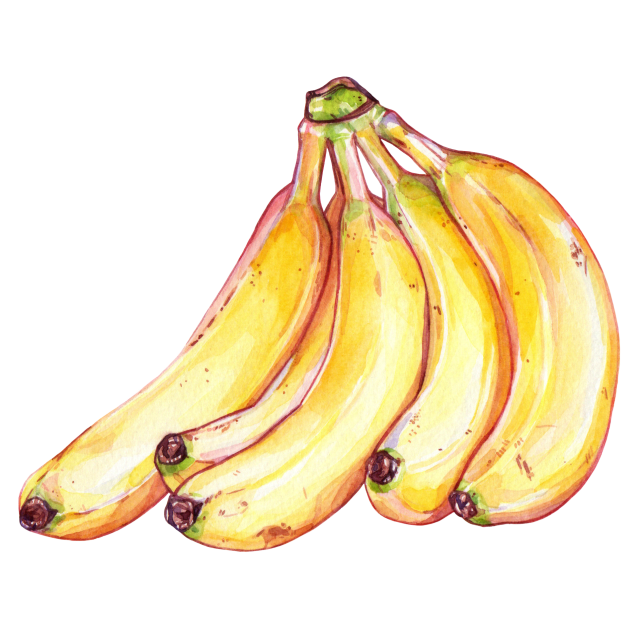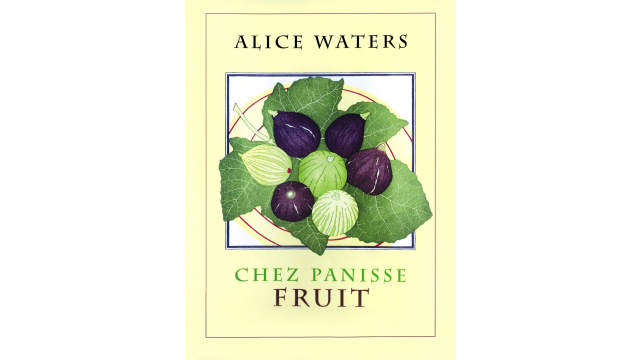Custard Apple

Latin name: Annona squamosa
Other names: sugar apple, sweetsop, sitaphal, sharifa
Uses: fruit, dessert, medicine
Heart-shaped, with thick hexagonal quilted skin, the custard apple is ubiquitous in tropical India. The winter fruit is part of the large Annona family; its members are so similar that outside India, sister species such as Annona reticulata (bullock’s heart or Ramphal in India) and Annona cherimola (cherimoya, or Hanuman phal in India) share the same common name. Squamosa’s almond-white, sweet pulp, which encases about 50 inedible glistening black seeds, is best relished raw. Pick a fruit that is evenly colored and firm to the touch, but that is fragrant and gives way slightly when pressed.
Why is custard apple healthy?
Custard apples are an abundant source of dietary fiber, potassium, iron, vitamins A and B, and antioxidants that help the immune system. As a good source of potassium and magnesium, custard apples are great for heart health.
What does custard apple taste like?
Nothing like an apple. Behind the thick, scaly rind of a ripe custard apple are sugary, creamy, conical segments with a slightly grainy texture and a delightful perfume that is comparable to “rosewater-flavored blancmange” – in the words of 17th-century Italian encyclopedist Vincenzo Maria Coronelli. The unripe fruit is rather astringent.
Where does custard apple grow?
Native to the tropical Americas, custard apples grow in warm, wet climates in and around central Africa, South and Southeast Asia, and northern Australia. Outside of South America, the majority of cultivars are grown in India, though the fruit is thought to only have come ashore in the 16th century, brought by sailors.
How do I prepare custard apple and what do I pair it with?
To savor custard apple to the fullest, eat it fresh and ripe (to speed up ripening, put it in a paper bag with a banana). Pull the fruit apart by hand, pop a segment in your mouth and relish the flesh while spitting out the hard seed. Strain the seeds out and eat a bowlful of pulp uninterrupted, or add it to a parfait, cheesecake, pie, ice cream, or milkshake for a delicious fragrant twist.
It also works well in Indian desserts like kheer, phirni, basundi, shrikhand, or kalakand. Use the pulp creatively on sourdough bruschetta with ricotta and honey. Or whip up a custardy fruit salad; the fruit pairs well with passion fruit, apple, cherries, banana, and coconut. Remove the seeds before blending the pulp, as the crushed seeds are toxic.
Surprising fact:
Birds love custard apples so much that the image of a parrot feasting on the fruit is enshrined in a Bangla nursery rhyme that playfully celebrates getting lost in the abundance of nature:
"Aata gachhe tota pakhi, dalim gachhe mou
Eto daki tobu – katha kow na kyano bou?"
"The parrot is on the custard apple tree, the bee is on the pomegranate,
I’ve called out so many times – why don’t you answer, bride?"




